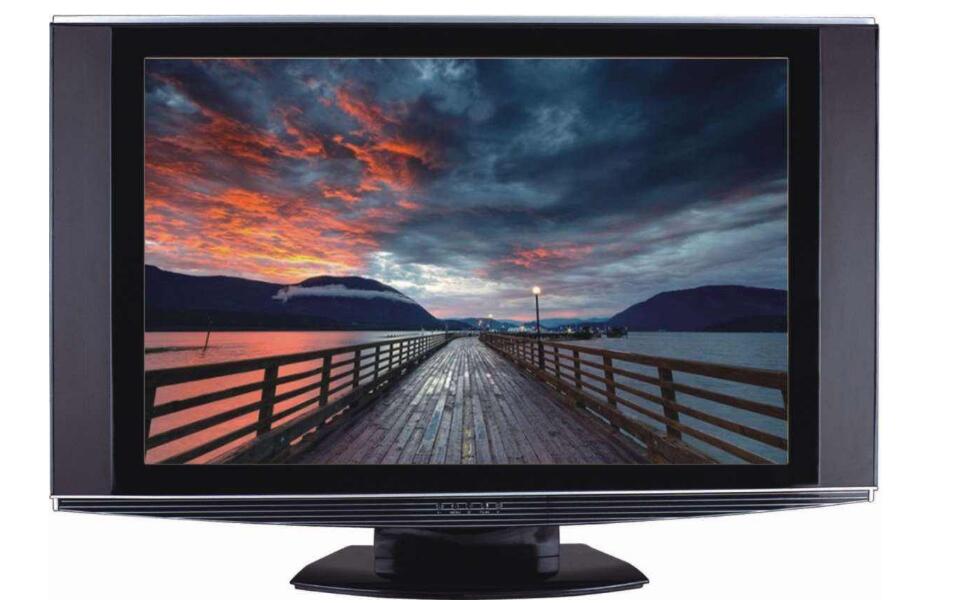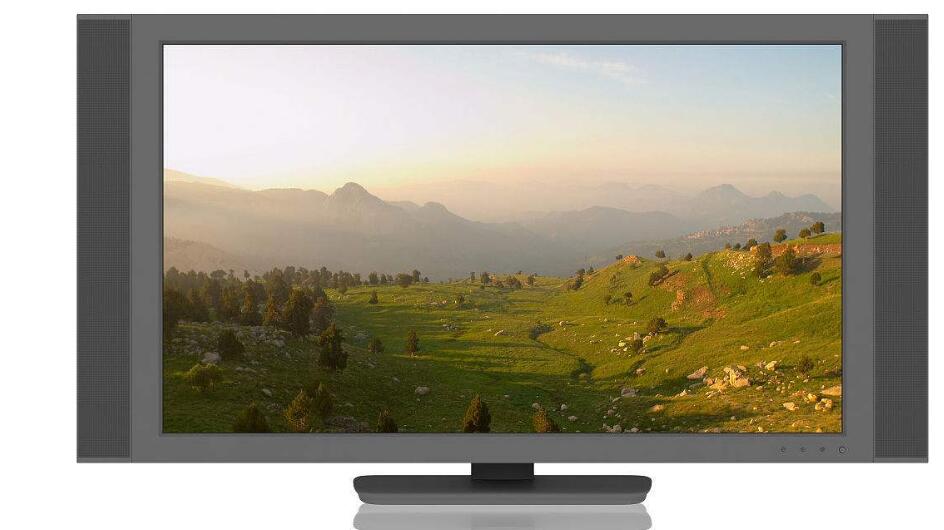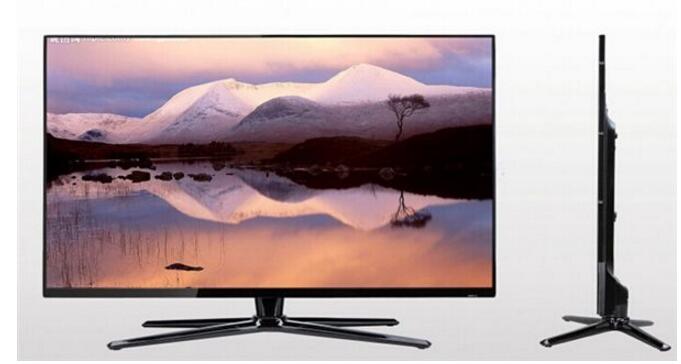**Overview of Plasma TV**
The full name of a plasma TV is Plasma Display Panel, commonly referred to as a plasma TV in Chinese. It works by injecting a mixture of gases between two ultra-thin glass panels and applying voltage to excite the phosphor, which then emits light. Compared to CRT displays, plasma TVs offer higher resolution, larger screen sizes, thinner profiles, vibrant colors, and more vivid images. When compared to LCDs, they provide higher brightness, better contrast, wider viewing angles, and more accurate color reproduction.
Plasma display technology can be categorized into two main types: DC-type PDP (Direct Current Plasma Display Panel), where the electrodes are in direct contact with the gas, and AC-type PDP (Alternating Current Plasma Display Panel), where the electrodes are covered by a dielectric layer. There are three primary types of color PDPs: single-substrate (surface discharge) AC PDP, dual (counter-discharge) AC PDP, and pulse storage DC PDP.

**Advantages and Disadvantages of Plasma TV**
1. Excellent color reproduction with natural and realistic visuals.
2. High dynamic range in dark scenes, offering rich image depth.
3. Minimal motion blur, providing high clarity for fast-moving content.
4. Wide viewing angles with consistent brightness across the screen.
5. Easy to manufacture large-screen models.
**Disadvantages:**
1. Limited availability of small-sized models.
2. Larger size, heavier weight, and higher power consumption.
3. Risk of burn-in due to high-temperature discharge.
4. Lower brightness levels and more visible graininess.
5. Generates significant heat and produces noticeable noise.

**How Plasma TV Works**
A plasma TV panel consists of two main parts: the front process and the rear process. The front process includes the glass substrate, transparent electrode, bus electrode, and a transparent dielectric layer, along with an MgO thin film. The rear process contains the phosphor layer, barrier ribs, dielectric layer, address electrode, and another glass substrate. The phosphor responsible for light emission is located inside the panel, not on the side facing the viewer. During assembly, the front and rear plates must be precisely aligned with the control circuit to ensure proper illumination. Unlike LCDs, which require a backlight module, plasma TVs are self-illuminating. A complete plasma TV also includes a dedicated TV box that handles signal input and tuning functions.

**Overview of LCD TV**
LCD stands for Liquid Crystal Display. It uses a substance that exists in a state between solid and liquid, known as a liquid crystal. When heated, it becomes a transparent liquid, and when cooled, it turns into a turbid solid with crystalline particles. In LCD technology, this liquid crystal is arranged in a specific way, resembling tiny matchsticks, and is called nematic liquid crystal. An LCD television uses this material to create images by applying voltage and changing the molecular arrangement.
In an LCD TV, a voltage is applied to the liquid crystal between two glass panels, causing the molecules to shift and align in different ways. This change in alignment controls how much light passes through, creating the image on the screen. Unlike plasma TVs, LCDs rely on external light sources—such as backlights—to produce visible images.

Desktop Monitor
The LTM series is designed to meet the needs of human-computer interaction in the market. Our engineers have developed 8-inch to 65-inch LCD touch monitors and touch all-in-ones to provide longer life, high picture quality, and a wide temperature range. It can be used for uninterrupted operation in rugged equipment in harsh environments (high and low temperature, humidity, salt spray and rain) and harsh conditions (high shock, high vibration, and fall). Support a variety of signal input interfaces, including VGA and Video, special requirements can increase DVI and HMI interfaces; support DC12V or AC220V power input, special requirements support DC 9 ~ 36V wide voltage input can be wall-mounted, folding / rotating bottom seat Embedded installation, open installation and other diversified installation methods to meet the various needs of customers. Specially designed folding base, adjustable for multiple angles; no shaking when touched; TFT digital true color LCD display mode to meet customer visual effects; hidden adjustment panel to make the frame more smooth and flat; touch screen can flexibly choose serial port, The USB port communicates with the host, using resistive screens, sonic screens, and infrared screens to meet customer environmental needs.
desktop display,desktop monitors,desktop monitor touch screen,desktop monitoring,best desktop monitors,desktop computer monitor
Shenzhen Hengstar Technology Co., Ltd. , https://www.angeltondal.com